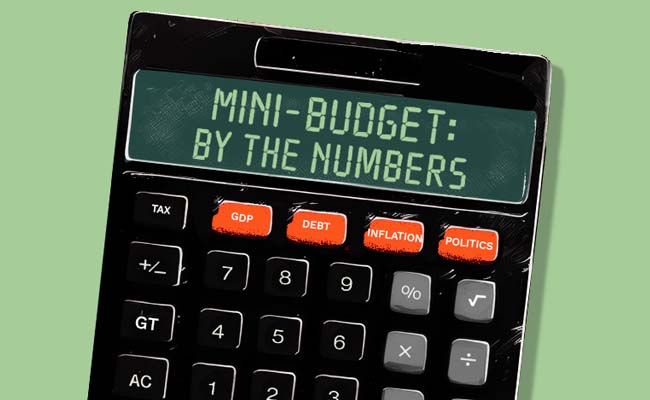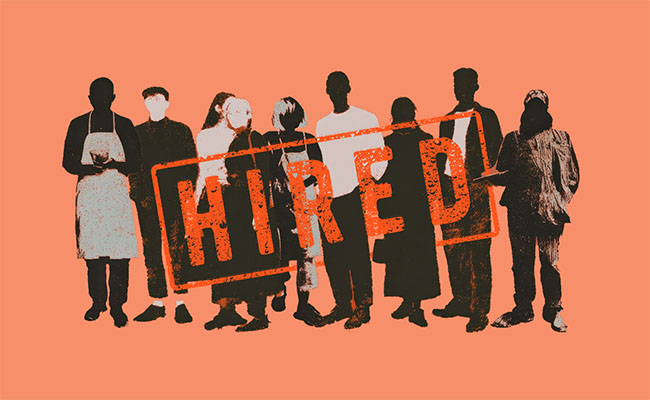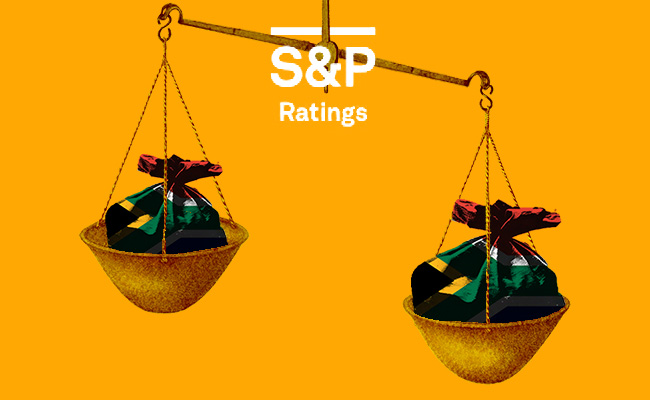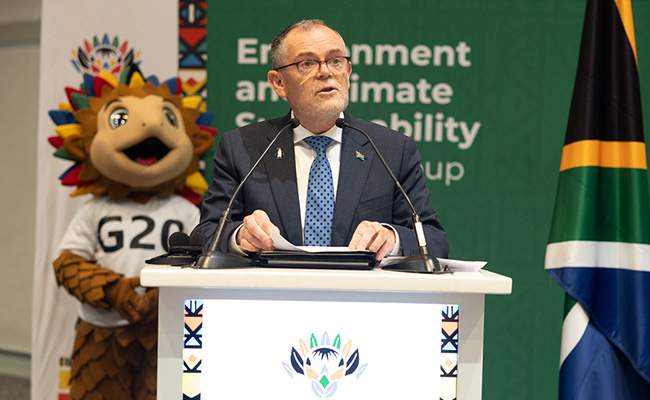How much more do Nersa and Eskom think South Africans can take? Well, now we know: another R54bn in electricity tariffs over the next two years.
This emerged after revelations of a secretive agreement, acknowledging a colossal miscalculation on the energy regulator’s part, which means Eskom will now be allowed to rinse long-suffering consumers for a whole lot more than anyone expected.
Initially, South Africans were told power prices would rise by 5.35% for 2026/27. Now, thanks to Nersa’s bungling, prices will rise by 8.76% for that year, followed by another 8.83% the following year. That’s getting the maths wrong by some distance, and the impact of this will be felt by everyone in their pocket.
What makes this story all the more sordid is the secrecy around how Eskom is leeching from the public, and the extent to which it has been enabled by a regulator out of its depth. The truth is, there’s every chance this “secret deal” would never have seen the light of day, but for the dogged reporting of Moneyweb’s Antoinette Slabbert, who tracked the minutes and did the sums.
Defending its decision to keep it all hush-hush, Nersa said this was because Eskom had challenged the regulator’s tariff allowances in court, so it was within its rights to delay any media release “to avoid pre-empting the decision of the courts”.
But being “within its rights” isn’t exactly transparent and ethical public leadership, is it?
Either way, the shortfall – equivalent to more than 18 times Truworths’ latest trading profit, by way of comparison – highlights the arbitrary way in which electricity prices are being thumb-sucked at Megawatt Park, and then rubber-stamped by the regulator.
It also highlights precisely how Eskom seems oblivious to the brutal cost pressures facing its customers, none of whom have the option of going elsewhere for power. This underscores precisely why Eskom has been the single biggest reason for South Africa’s decline of the past 18 years: first, in its inability to supply enough power, then in the charges it imposed to build new power stations, and maintain its bloated bureaucracy.
Worse: the 800%-plus increase in power costs we’ve been stiffed with over the past 17 years stems in no small part from the corrupt feeding frenzy of the ANC’s political elite in the building of Medupi and Kusile. Most shamelessly, the ANC’s own front company, Chancellor House, was the empowerment partner to Hitachi at Medupi.
A doomed plan?
Eskom’s near-death experience is not only the biggest single liability for the South African government, it’s the key factor behind our frightening rate of deindustrialisation, not to mention a surging cost of living that is making everyone poorer.
While our power prices are not the most expensive in the world – that dubious honour goes to Bermuda, Italy, Ireland and the Cayman Islands, according to the World Population Review – at $0.19 per kilowatt hour, we are well ahead of our Brics peers, and plenty of other emerging economies to boot. In Brazil, electricity costs $0.15/kWh, in India and China it’s $0.08/kWh, and in Russia, $0.06/kWh.
There’s another key question here, and that is how the Reserve Bank can possibly engineer its desired inflation rate of 3% with these new power tariffs in the works.
Governor Lesetja Kganyago has spent the past decade skilfully massaging inflation targets lower – from a band of between 3% and 6%, to a midpoint of 4.5%. Then, in July, he said he would prefer inflation at the bottom of the band. With inflation today at about 3%, now would be a golden opportunity to do that.
But Eskom’s toxic assumption that everyone can keep paying through the nose until they pass out – and the extent to which the trade unions will want higher pay hikes – may just doom Kganyago’s plan in the end.
Remember that Kganyago’s announcement immediately prompted a rebuke from finance minister Enoch Godongwana, ostensibly because the “unilateral” news pre-empted official policy deliberations.
A cynic, though, would say that the 3% target throws a disturbingly high-res spotlight on the kinds of increases that parastatals and public sector-affiliated trade unions are still trying to ram through; the Eskom increase is but one example.
It’s not demand, or the private sector behind higher prices. If only. It is the mismanagement of state-owned enterprises and excessive public sector wage increases that the state has sanctioned. Increases indelibly linked to the ANC. Party over country, uber alles.
Top image: Pexels-Arshutter.
Sign up to Currency’s weekly newsletters to receive your own bulletin of weekday news and weekend treats. Register here.














